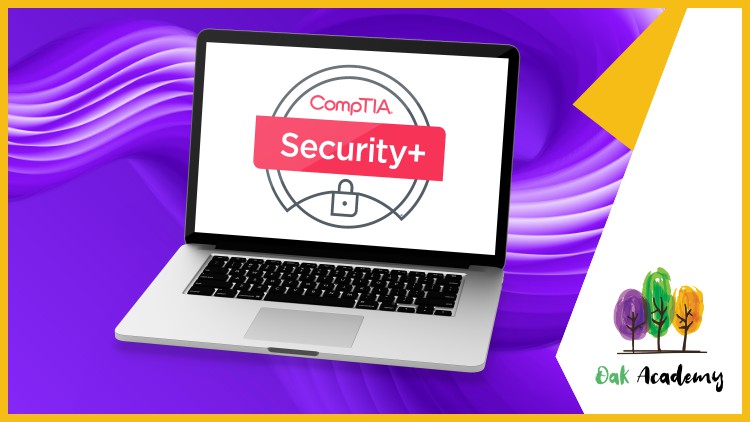در حال حاضر محصولی در سبد خرید شما وجود ندارد.

CompTIA Security + SY601, comptia security plus certification exam cource. CompTIA course will take you in cybersecurity
در این روش نیاز به افزودن محصول به سبد خرید و تکمیل اطلاعات نیست و شما پس از وارد کردن ایمیل خود و طی کردن مراحل پرداخت لینک های دریافت محصولات را در ایمیل خود دریافت خواهید کرد.


برنامه نویسی به زبان Python و با فریمورک Numpy
--Network-Security-and-Programmability-main-resized.jpg)
Cisco CCNA (200-301) – امنیت شبکه و برنامه نویسی

توسعه اندروید App ها بوسیله Kotlin

Kali Linux Tutorial for Ethical Hacking & Penetration Test

Jetpack Compose & Kotlin & Java for Android App Development

کورس یادگیری کامل کامپتیا CompTIA A+

Tkinter & Python Gui for Desktop Application Development

Flutter and Dart | Complete Flutter Dart Programming Course

Cloud Management | Cloud Management for Comptia Cloud+ Exam

کورس یادگیری ماشینی در Python برای علوم داده
✨ تا ۷۰% تخفیف با شارژ کیف پول 🎁
مشاهده پلن ها